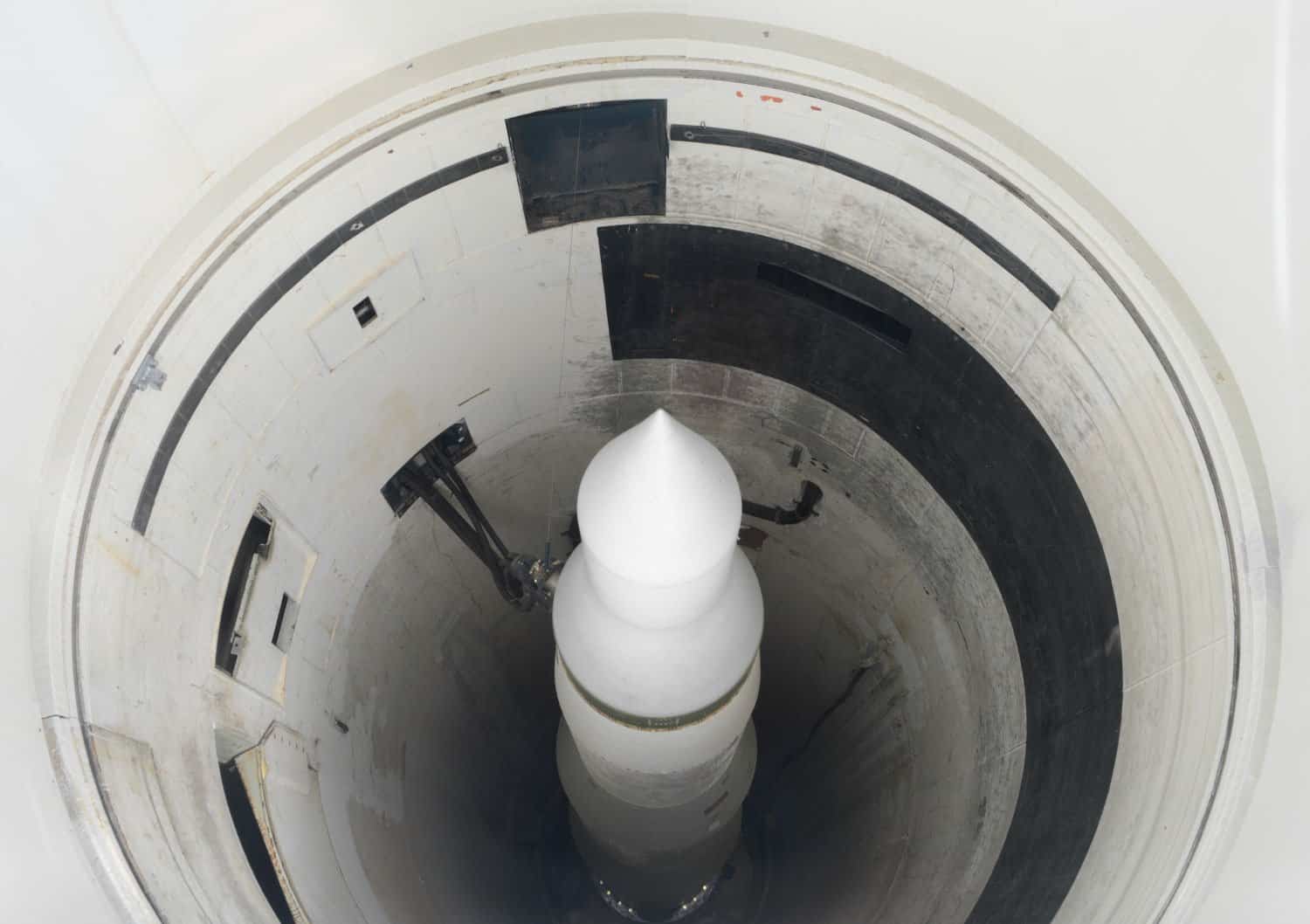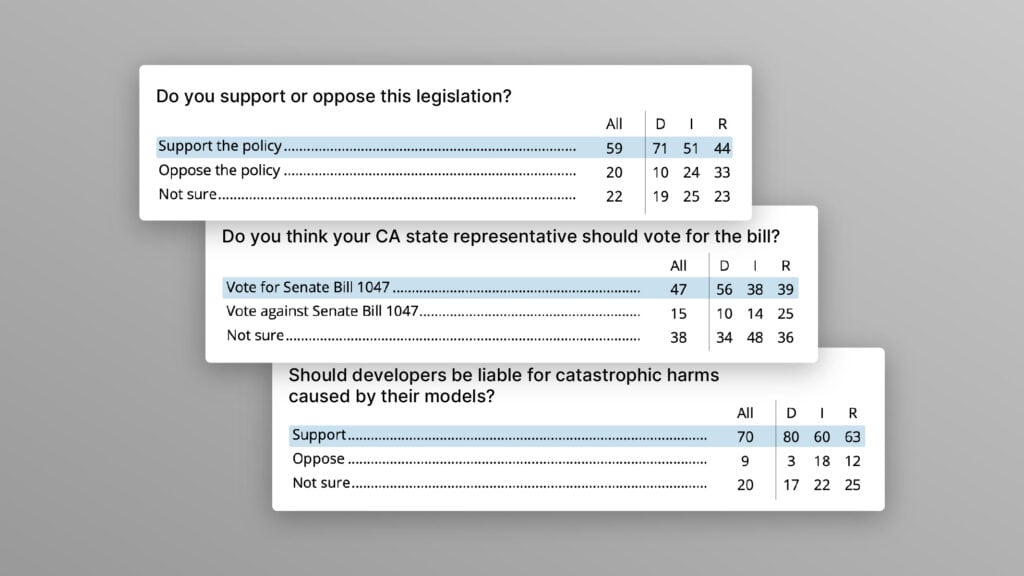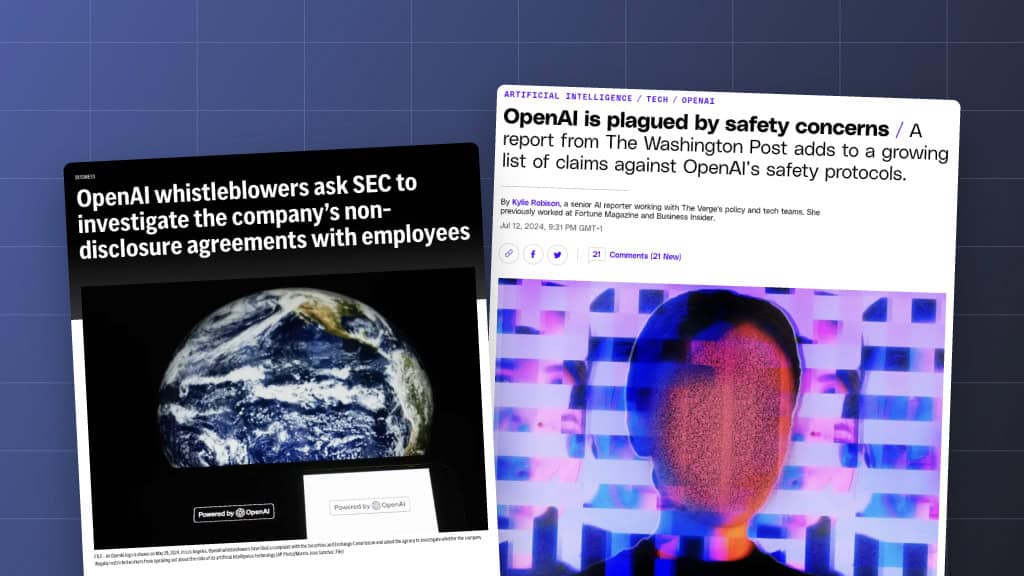The Increasing Risk of Nuclear War

Contents
On Saturday, February 27, thousands of activists marched through London in opposition to the country’s nuclear weapons policy. Meanwhile, in the United States, Russia, and now China, nuclear tensions may be escalating.
“It takes about 30 minutes for a missile to fly between the United States and Russia,” a recent report by the Union of Concerned Scientists (UCS) reminded readers. The U.S. and Russia keep their missiles on hair-trigger alerts which allow them to be launched within minutes, and both countries have been investing in upgrading their nuclear arsenals.
Another recent UCS report, China’s Military Calls for Putting Its Nuclear Forces on Alert, analyzes the risk that China’s military leaders may also soon call for putting their own nuclear weapons on high-alert. Gregory Kulacki, author of the China report, argues that this could be incredibly dangerous. He explains:
“The experience with U.S. and Soviet/Russian warning systems, especially early in their deployment and operation when hardware and procedures were not yet reliable, illustrates the dangers of maintaining the option to launch on warning. Such risks are especially acute in a crisis.”
In fact, there have been over two dozen known nuclear close calls involving the U.S. and Russia, and likely many more that haven’t been declassified. One of the scariest examples occurred in 1980, during a time of tension between Russia and the U.S. A Soviet satellite showed five land-based missiles heading straight for the Soviet Union, and Stanislav Petrov, the officer on duty, had only a few minutes to decide whether or not it was a false alarm. Fortunately, he disregarded all evidence to the contrary and concluded it was false. Investigations later found that the sun’s reflection off the clouds had tricked the satellite into detecting a missile launch. Hair-trigger alert policies only increase the chances that accidents like this could occur, inadvertently triggering a nuclear war.
These policies were originally put in place as an act of deterrence. However, as information about more of these close calls has been released, many are concerned about the Cold-War policies that are still in effect.
As David Wright with the UCS says, “Twenty-five years after the end of the Cold War, the United Sates and Russia continue to keep nearly 2,000 nuclear weapons constantly on high alert, ready to be launched in minutes.”
Given the concerns associated with the hair-trigger alert policies of the U.S. and Russia, it’s no surprise that adding a third country to the mix would only exacerbate the situation.
More surprising might be why China’s military leaders are reconsidering their policy. According to Kulacki,
“The nuclear weapons policies of the United States are the most prominent external factors influencing Chinese advocates for raising the alert level of China’s nuclear forces.”
The risks that could potentially arise if China changes its policy are hard to measure, but with the close calls already seen between the U.S. and Soviet Russia, a third country with similar policies would only further increase the risk of a devastating, accidental nuclear exchange.
When they originally began their nuclear program, Chinese leaders committed to a no-first-use policy, and they’ve stuck to that, keeping their nuclear warheads separate from their missiles. Only if they’re attacked first, will the Chinese assemble their nuclear weapons and strike back. However, the Chinese are becoming increasingly concerned with what they perceive the U.S. nuclear stance against them to be. Kulacki explains:
“The authors of the 2013 Academy of Military Sciences’ textbook The Science of Military Strategy clearly believe U.S. actions are calling into question the credibility of China’s ability to retaliate after a U.S. nuclear attack, and that an effective way to respond would be to raise the alert level of China’s nuclear forces so they can be launched on warning of an incoming nuclear attack.”
With the recent developments of U.S. high-precision conventional and nuclear weapons, along with the Chinese belief that the U.S. is unwilling to recognize joint vulnerability, China’s leaders may decide to change their own policies to match those of the U.S. In the China report, Kulacki recommends five steps for the United States to take to improve their relationship with China:
“Acknowledge mutual vulnerability with China.”
“Reject rapid-launch options.”
“Adopt a ‘sole purpose’ nuclear doctrine.”
“Limit ballistic missile defenses.”
“Discuss impacts of new conventional capabilities.”
“U.S. officials have to realize that China is contemplating these changes because it believes the United States is unwilling to reduce the role of nuclear weapons in its national security strategy— what President Obama promised to do in his famous speech in Prague in 2009,” Kulacki added. “What the U.S. says and does regarding nuclear weapons has a profound effect on Chinese thinking. And right now, we’re pushing China in the wrong direction.”
About the Future of Life Institute
The Future of Life Institute (FLI) is a global think tank with a team of 20+ full-time staff operating across the US and Europe. FLI has been working to steer the development of transformative technologies towards benefitting life and away from extreme large-scale risks since its founding in 2014. Find out more about our mission or explore our work.
Related content
Other posts about Nuclear, Recent News

The U.S. Public Wants Regulation (or Prohibition) of Expert‑Level and Superhuman AI

Poll Shows Broad Popularity of CA SB1047 to Regulate AI


